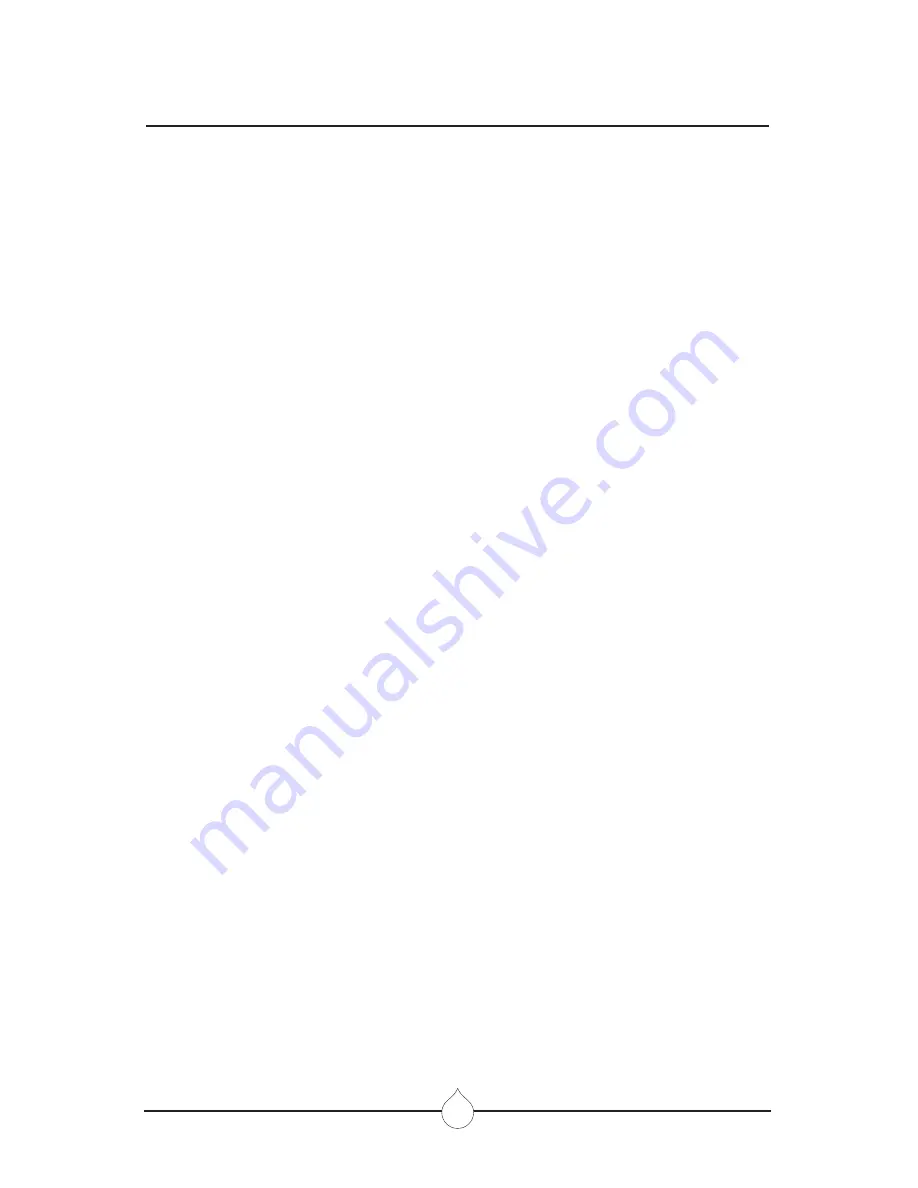
WATER CHEMISTRY TERMS YOU SHOULD KNOW
Before jumping into the Spa Water Maintenance, here are some terms to help you.
19
7. Filtration: Filters are necessary to remove particles of dust, dirt, algae, etc.
that are continuously entering the water. If the spa is not operated long
enough each day for the filter to do a proper job, this puts a burden on the
chemicals, causing extra expense. Filtration time will depend on the spa size,
pump and filter size, and of course, bather load. A spare cartridge should be
kept on hand to make it easy to frequently clean the cartridge without the
need for a long shut down. This will also allow the cartridge to dry out
between usages, which will increase the cartridge life span as much as twice.
Replace the cartridge when the pleats begin to deteriorate. Cartridge
cleaning should be done a minimum of once a month. More often with
a heavy bather load.
8. Sanitizers: This is what kills the germs and bacteria that enter the water from
the environment and the human body.
A. Chlorine
1. Only one type is approved for spa use
a. Sodium dichlor which is granular, fast dissolving and pH neutral
chlorine.
2. Chlorine is an immediate sanitizer.
B. Bromine
1. Two types of tablets.
a. Hydrotech
b. Lonza
2. Bromine is a slow dissolve chemical and may take a few days to
develop a reserve or reading in the water.
9. Total dissolved solids (TDS): Materials that have been dissolved by the water.
i.e. Like what happens when you put sugar in coffee or tea.
10. Useful life of water (in days): Water should be drained at least once every
180 days. Useful life may vary by usage and bather load.
11. Defoamer: Foaming may be caused by body oils, cosmetics, lotions, surface
cleaners, high pH or algeacides as well as other organic materials. Low
levels of calcium or sanitizer can also cause foaming. Also, double rinse
your bathing suits as they will hold residual soap after being washed.
12. Calcium hardness: Water that is too hard (over 250 ppm) can promote scale
formation in components and on spa surface. Water that is too low (below
180 ppm) may also shorten the life of metal components on the spa.
NOTE: Always leave the spa cover open for 15 min. after adding chemicals
to prevent off gas from damaging your spa cover, spa pillows, and other
critical parts.
















































